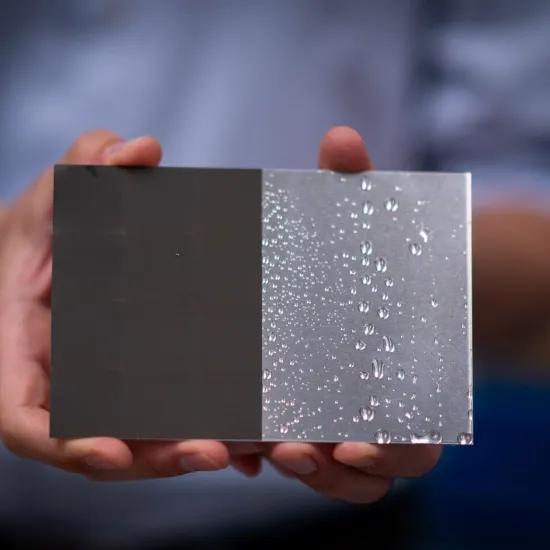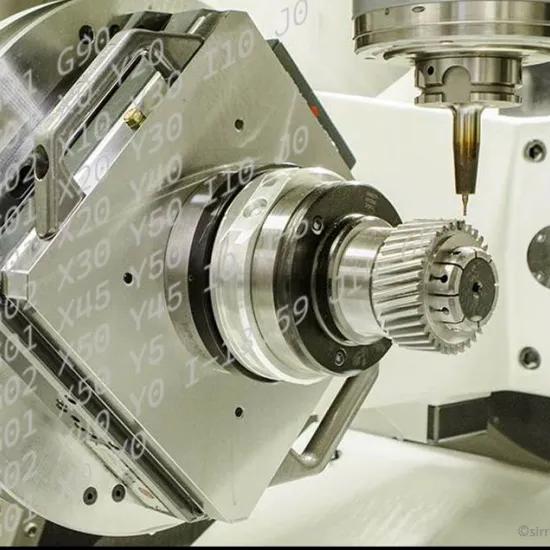The freedom 3D printing provides has solved numerous technical challenges by allowing manufacturing of high-technicity parts straight, but some technical challenges still remain unsolved. Sirris aims to make a change here with its developments in thermoplastic additive manufacturing.
Everyone knows how fast 3D printing is expanding into mainstream applications. The freedom that the technique provides to engineers and designers has solved numerous technical challenges in the field of advanced manufacturing by allowing the manufacturing of high-technicity parts straight from topological optimisation algorithms or composed of internal cooling channels.
Yet, some technical challenges remain unsolved, and as such, some potential application fields remain unexplored. Sirris took on the challenge to push the limit of the thermoplastic additive manufacturing a step further.
Conventional methods for 3D printing
The conventional method for 3D printing thermoplastics consists of three key elements:
- The motion system, usually 3-axis.
- The extruder that melts and extrudes material out of a precisely sized nozzle
- The build plate onto which the part is gradually constructed.
Figure 1 : Fused deposition modelling
The part is built gradually, layer by layer, using a series of 2D depositions. Due to this incremental stacking process of 2-dimensional layers, the final part is not the exact geometry, but rather an approximated geometry based on the real part. This “stair-stepping” effect can be seen on curved or angled geometries and the issue becomes more and more important as the angle gets shallower.
Figure 2 : Stair stepping effect on shallow angled part
Freeform 3D printing – non-planar and conformal printing
However, for every problem there is a solution. Non-planar and conformal printing allows the part geometry to be much closer to the actual CAD model. In this concept, the printer is no longer building the part plane by plane, but is rather directed to follow a path along the surface of the part. This process has a lot of advantages, mainly:
- Stronger parts due to the blending of layers.
- Far smoother surface.
- Accurate reconstruction of the CAD model.
Non-planar and conformal printing are 2 sides of the same coin. We can consider non-planar printing as an extension of the conventional layer by layer method, but the last few layers of the part are post-processed and bent along the top surface. A significant improvement in mechanical properties is also observed.
Figure 3 : Non-planar finishing layers
On the other hand, conformal printing does not use planar layers. Rather, the model is sliced into a series of 3D layers. This allows the part to be built on top of any surface, along any axis and following any direction. This approach allows Sirris to manufacture hybrid structures where the printed geometry is added on top of a highly complex 3D shape made up of a different material (metals, composites, polymers). As the geometry is now fully 3D, the simple 3-axis motion system is no longer sufficient to follow the complex trajectory.
Figure 4 : Conventional vs. conformal layers
To solve this issue, Sirris has been working on the three key elements of the conventional 3D printer.
Firstly, the motion system was replaced by an industrial cobot. The additional 3 axes provided by the robots are necessary to follow the path generated along the surface of the part.
Secondly, the conventional filament extruder system was replaced by a heavily modified pellet extruder. This opens the door to the vast range of engineering and technical polymers used in injection moulding.
Thirdly, the build plate is now only needed for the non-planar approach. Conformal layers are built up directly onto the base part.
Lastly, we have found that while there are some software solutions, they seem to be inherently flawed as they use simplified 2D mathematical models extrapolated to a 3D space. As such, custom software and path planning solutions must be developed for the process in regards to the objectives of the project.
Figure 5 : Non-planar printed example
Discover it live!
In this context, Sirris SLC-Lab and Agoria invite you to an event on 'Innovation with new (composite) materials for the circular economy' on 21 April 2022. Circular economy, thermoplastic composites, recycling and automation will extensively be discussed. Several presentations are scheduled to take place there. We are looking forward to inspiring contributions on innovation with materials including from Daniël Peirsman (former director at AB Inbev), Michaël Callens (CEO at Rein4ced) and Jan Verhaeghe (General Manager at Agesia).
After the presentations, several demonstrations at our lab will introduce you to current innovation projects in our local composites world. Or you can get to know our new hydraulic press with robot, which will run a telling demonstration. During a lab visit we want to show you that sharing infrastructure not only saves costs, but that it can also be an inspiration, that cooperation across value chains can create win-win situations, and that working hands-on and innovation with materials go hand in hand in a circular economy.
Sources:
“Short review of nonplanar fused deposition modeling printing” - Georg Aarnes Nisja, Anni Cao, Chao Gao
“3D Printing of Nonplanar Layers for Smooth Surface Generation” - Daniel Ahlers











